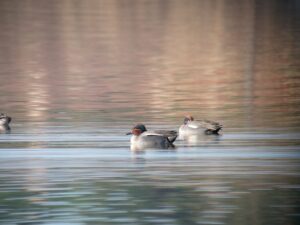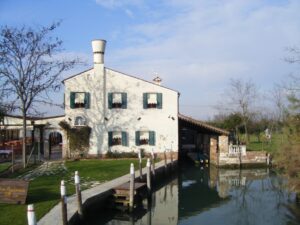Birding the Venice Lagoon
There can hardly be a more rewarding landscape than Venice Lagoon for exploring nature, culture, and their intersection over centuries of human history. At more than 200 square miles, this is one of the largest wetlands in the Mediterranean basin, with an extremely complex environment combining mudflats, tidal shallows, salt marshes, and wet fields. An abundance of paths and secondary roads give access to much of the lagoon—and at the same time good views of Venice.

Eurasian curlews, greater flamingos, common kingfishers, Sandwich terns, Mediterranean gulls, and water rails are frequent sights. The shallow waters and canals attract shorebirds such as the greenshank, little stint, and wood and marsh sandpiper, while out on the tidal flats, high numbers of shelducks, pygmy cormorants, pied avocets, garganeys, ruffs, golden plover, and spotted redshanks are often present. In migration, such rarities as little and spotted crakes, red-rumped swallows, and bluethroats can be observed.
Freshwater ponds and reedbeds are the home of the little grebe, little bittern, great reed and Savi’s warblers, and Penduline Tit. Zitting cisticolas, yellow wagtails, and reed buntings roost in the scrubby sandbar vegetation.
Ducks, shorebirds, gulls, and terns are abundant in winter and migration on the islands of the eastern edge of the lagoon. Here you can see common shelduck, Eurasian teal, little ringed and Kentish plovers, little gulls, and Caspian and white-winged terns. Farther out, seabirds from shags and red-throated loons to velvet scoters can be found.
The lagoon is surrounded by a vast agricultural plain, home to European bee-eater, turtle dove, crested lark, Eurasian sparrowhawk, and cirl bunting. In wooded areas, the unmistakable fluting song of the golden oriole can be heard.
“We spent two fantastic days with Marco birding near Venice. The first stop Marco arranged to visit was a wonderful preserve with a rather impressive wildlife tower with great views. The second day we went north and visited a number of sites. It was a fantastic trip!” – Happy Customer from TripAdvisor
